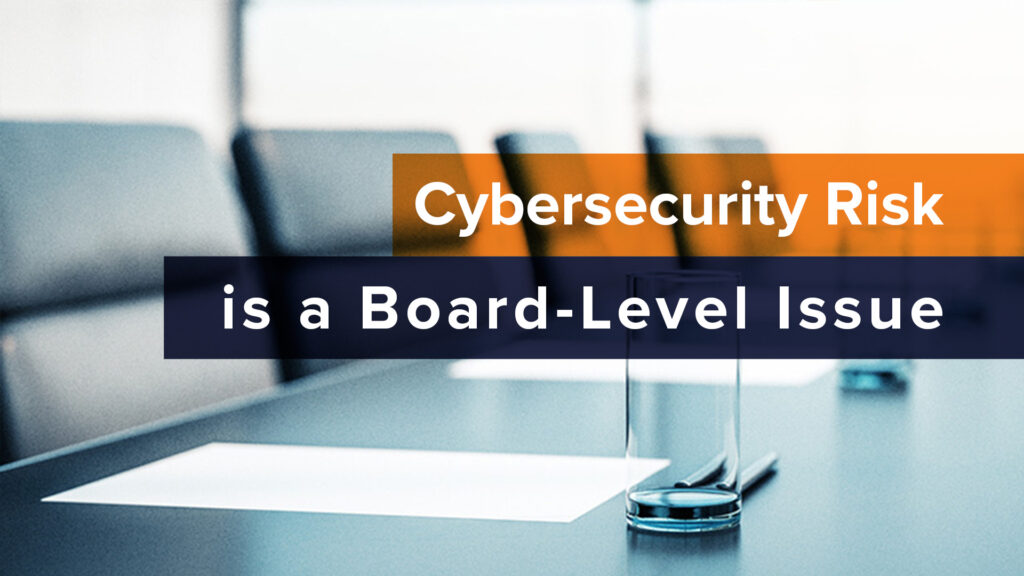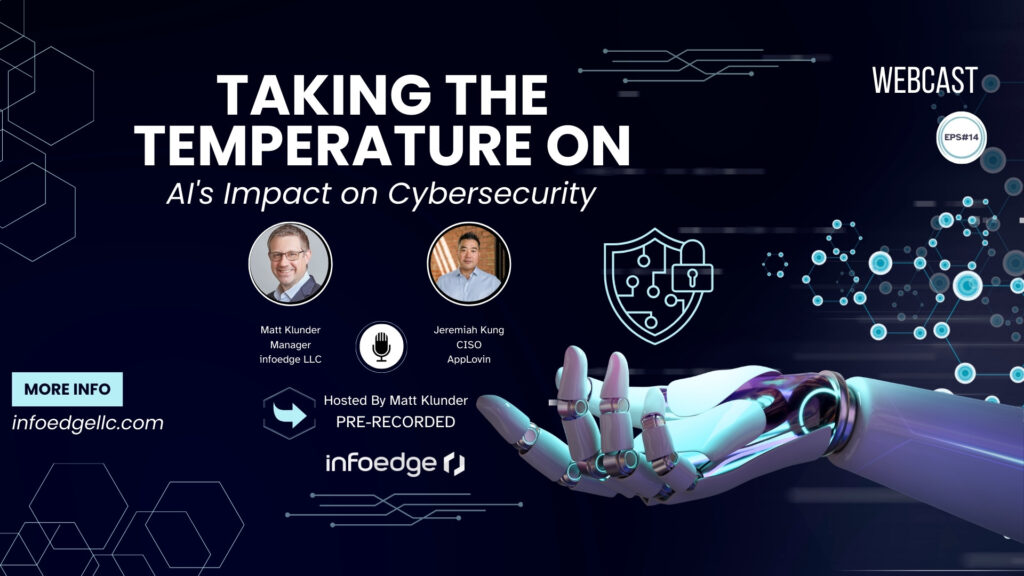In the intricate landscape of modern business operations, the significance of robust Enterprise Risk Management (ERM) systems cannot be overstated. Centralizing ERM data with a common methodology emerges as a pivotal strategy in enhancing organizational resilience and compliance. This approach not only streamlines risk management processes but also fosters a culture of transparency and accountability across various departments. By aligning methodologies and normalizing assessment results, organizations can efficiently manage risks and ensure compliance, thereby safeguarding their assets and reputation. This post discusses the essentials of centralizing ERM data, highlighting the challenges, benefits, and strategic considerations vital for implementing an effective ERM framework.
Centralizing ERM Data with a common methodology:
- The success of effective Enterprise Risk Management systems, like most things in large organizations, is dependent on tone-at-the-top messaging and support. To make the case, they can tie to compliance requirements which call for these kinds of centralized reporting systems for proper risk management.
- Managing Risk and Compliance, as well as governing the resulting decisions is most effective when information (e.g., assessment results) are correlated across key points of an organization.
When centralizing, assessment result must be normalized so they can be compared, rolled-up, summarized, integrated and presented consistently. - This doesn’t necessarily require changing the methodology of other teams, but it does mean aligning them so that output fits together.
We see the spectrum of orgs trying to do all of this with Spreadsheets on SharePoint to an overly complicated GRC tool no one knows quite how to use. A middle ground is each team uses what works best for them, but pipes in their normalized results into a central repository (manually at first, but eventually programmatically). - Ideally a common methodology is defined that supports all the risk / compliance flavors that the org is dealing with.
Transparency vs need-to-know:
- Transparency does need to be balanced with need-to-know (which is, after all, a control). It doesn’t need to be a free for all — who may see what should be determined by data classification policies and not up to a single department to decide.
- The system needs to implement the appropriate least privilege, role-based access. The centralized system should have org-based access rights applied to allow teams to see their own data and restrict broader data as necessary to other teams.
Concerns on compliance scope creep and other second-order effects:
- The centralized ERM repository shining a more transparent light across all teams is ultimately a good thing. When risk management activities are siloed (by departments, budgets, quick-wins or for whatever reason), they become much more expensive than when they are communicated and coordinated from a central point, and resources can be allocated and prioritized efficiently.
- Looking at this more practically, what if the org suddenly knows about more risk from, say, the current staffing in the InfoSec department. This may or even should be dealt with ultimately by executive leadership – there is no “us” and “them” in ERM – it is the organization mission, vision, goals and the business impact (should the risks or compliance issues materialize) that drives priorities.
- If the burden / scope outweigh the means and resources to handle it, something is ultimately broken and this is a good excuse to address it. Either management needs to accept it as is or invest more.
If Internal Audit is starting to get their hands dirty around the organization…this could be a positive, not negative situation. Internal audit is there to help improve the internal processes and controls, so if they think they need to “jump on” something for legitimate reasons, let them do that and collaborate with them in resolving the issue! - If it is just because of “making a mark”, listen to what they have to say and explain how you are working on it (if they are not adding any real value). The ends should also justify the means. IA can’t be breathing down your neck ask for a million things unless it is supporting risk reduction. Normalizing the process will help with this and speaking openly about it at governance meetings will help as well. Again, there is no “us” vs. “them” in ERM.
Conclusion
Centralizing ERM data with a common methodology presents a strategic advantage in navigating the complex regulatory and risk landscapes facing organizations today. By fostering an environment of shared understanding and cooperative risk management, companies can significantly enhance their operational efficiency, compliance posture, and strategic decision-making capabilities. The journey towards a centralized ERM system may pose challenges, including balancing transparency with privacy concerns and managing compliance scope creep. However, the rewards—enhanced coordination, optimized resource allocation, and improved risk visibility—far outweigh these hurdles. As organizations strive to adapt to the ever-evolving business ecosystem, adopting a centralized approach to ERM stands out as a crucial step towards achieving resilience, compliance, and ultimately, sustained success.



 By Ty Nickel
By Ty Nickel
 By Biljana Cerin
By Biljana Cerin